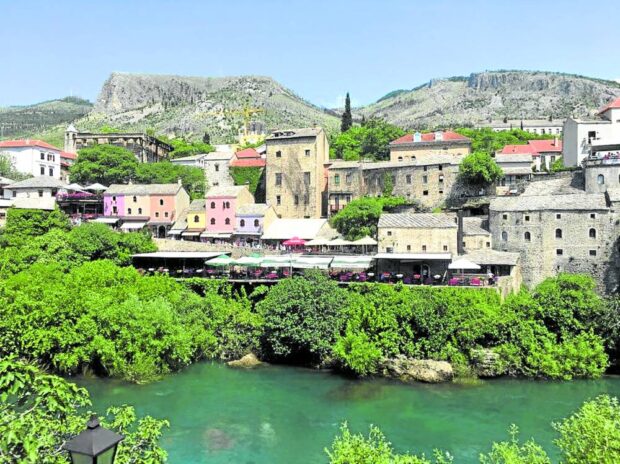The power of public spaces

(HTTPS://PH.POLOMAP.COM).
Public space is a powerful platform for community development, whether by building trust among residents, spurring social activity, supporting economic development, or catalyzing neighborhood change.
This power makes public space a key ingredient in the recovery from COVID-19—a crisis that has raised the stakes for overcoming deeply rooted, systemic challenges in our cities. For our next political leaders, this is a call for action. By elevating public spaces, leaders nationwide can drive more equitable outcomes in the pandemic and beyond.
We often think of quality streets, plazas, waterfronts, and other well-designed public spaces as luxury amenities for affluent communities. However, they are even more critical to the well-being of the poor and the development of their communities, who often do not have spacious homes and gardens to retreat to. In fact, many of them live in severely overcrowded settlements, often without even the most basic infrastructure services.
Living in a confined room without adequate space, sunlight and ventilation increases the likelihood of health problems, restricts interaction and other productive activities. Public spaces are the living rooms, gardens, and corridors of our cities and towns. They serve to extend small living spaces and provide areas for social interaction and economic activities, which improve the development and livability of a community. This increases productivity and attracts human capital while providing an improved quality of life.
Despite their importance, public spaces are often poorly integrated or even totally neglected in the planning and development of our cities and towns. However, research studies increasingly suggest that investing in them can create prosperous, livable, and equitable cities. The lack of provisions for public spaces hamper economic activities, pollutes the environment, and reduces social stability and security. Unplanned urbanization and population growth further exacerbate the situation. Public spaces should be considered a basic service, with the same priority as transport, water and sanitation.

Mostar, Botswana (HTTPS://WWW.KIMKIM.COM)
We all know how popular Manila’s Rizal Park and Roxas Boulevard are to urban residents as places to relax and enjoy the outdoors. There is also the Marikina Riverbank that not only cleaned up the river but also revitalized commerce in Marikina City; the Esplanade along the Iloilo River that has spurred a dramatic increase in property values along its entire stretch; and the widely popular Dumaguete Baywalk that the city’s residents are passionately proud of.
These examples demonstrate that public spaces can serve as instruments of urban transformation, especially when they are made part of urban projects. There are many more successful examples in other parts of the world that we can learn from. In Mostar, Botswana, the city redesigned war-torn urban areas into vibrant public spaces to remind the public of the devastation left by conflict and to promote reconciliation. The regeneration of Shanghai’s Tianzifang neighborhood has rejuvenated a historic city and increased its cultural and economic vibrancy while increasing livability. In Lahore, Pakistan, century-old streets and homes were restored within its historic Walled City while improving other infrastructure services. Families now enjoy a better quality of life, businesses generate increased profits, and the community has a greater sense of participation in improving their lives.
These examples offer some valuable lessons: spaces that reflect residents needs, historic character and local culture result in more regular visits from residents; prioritizing community engagement throughout the lifecycle of a public space leads to ripple effects in the wider community; and inclusive processes and capacity building help sites to develop sustainable operating models and adapt to changing conditions.
While we do have some success stories, the need for public space has not been given the attention that it deserves. Our next political leaders must recognize the contribution that quality public spaces in our towns and cities can make in meeting the challenges of a rapidly urbanizing world—including recovery from COVID-19.
The author (nveinsiedel@gmail.com) is a Fellow and Past President of the Philippine Institute of Environmental Planners and Principal Urban Planner of CONCEP Inc.
#
